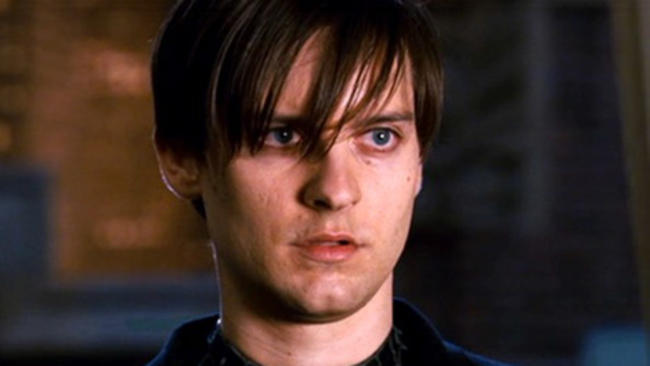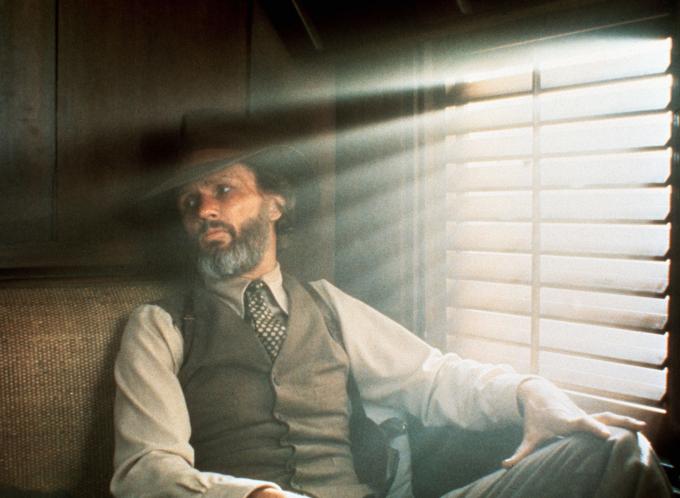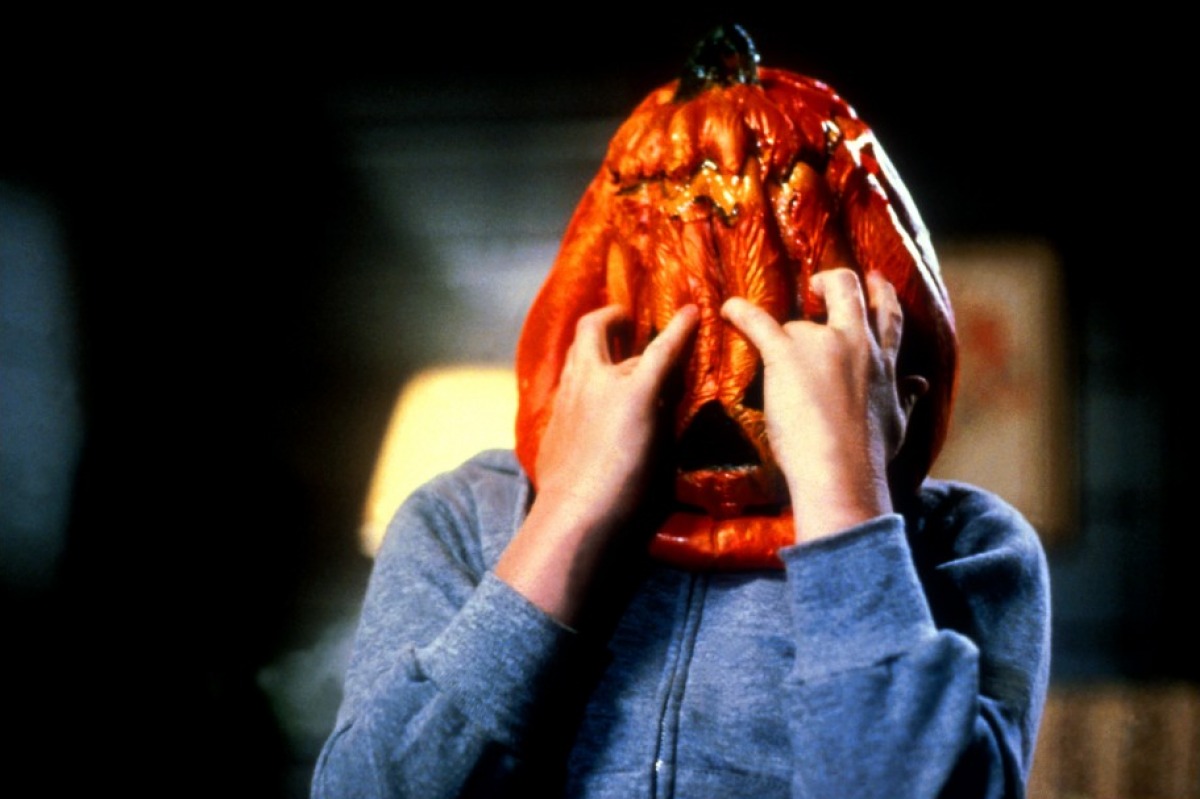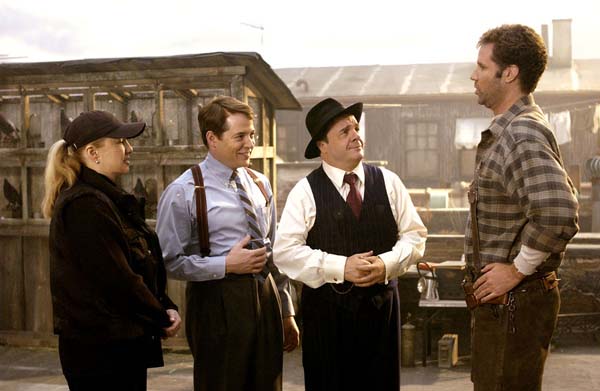With so many good movies to analyze and take inspiration from, it is hard to take the time and sit down to watch a bad movie. But given that we live in a culture where it is wise to stay away from these abominations on celluloid, we are missing out on using these films as excellent teaching tools in how to not replicate their recipe for disaster.
Film goers and filmmakers alike can learn from these past failures. It’s often too easy to dismiss bad movies for their bad story, bad characters, or the fact that it’s all spectacle with no substance. However, there are often films that were bad because of reasons that are more complicated than simply having a bad story. And it’s these very reasons that can help future filmmakers identify what makes some movies bad and some misunderstood.
1. Psycho (1998)
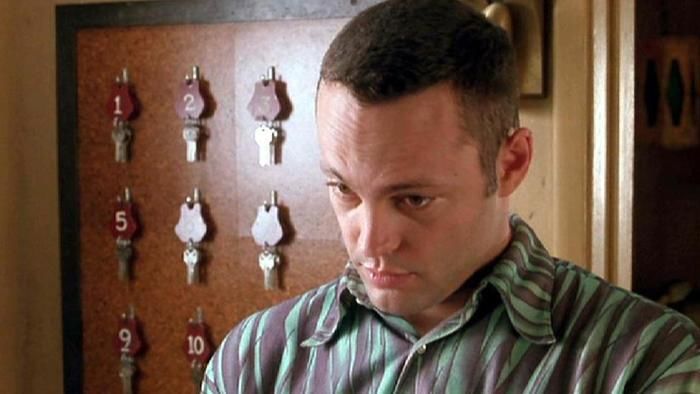
What Happened: Gus Van Sant is a masterful director whose work has marked new strides in independent and queer cinema. However, his most questionable movie was perhaps a strange and particular experiment in remaking a horror movie that is still considered a masterpiece. Horror movie remakes have recently become film critic poison and the height of that claim started with the release of the shot-for-shot remake of Psycho.
Every camera movement, every scene blocking, and cuts are exactly the same, apart from a handful of changes. Some of these included changing the movie from black and white to color, and adding subliminal images in the infamous shower scene. However, this movie did not live up to the expectations of Gus Van Sant, and is now considered a failure in many respects.
This would later be out shadowed with the onslaught of horror movie remakes that span from eighties slashers to Asian horror movies. But the reasons on why the Psycho remake is hated brings up so much debate over the nature of remakes and why they’re made.
So What is There to Learn: Although the remake of Psycho is a failure, it challenges the definition of what a movie remake should consist of. It reveals itself to be a prime example of what makes a bad remake. A remake is an adaptation, and if a movie is directly imitating the original, then it’s not an adaptation. A remake must work as its own movie and at times needs to diverge at times from the original. In short, a total imitation is not an adaptation.
But consider this. Why are remakes made? A good reason to make remakes is to update the original movie in a new time period. What the Psycho remake doesn’t do is updating itself in its time period, other than changing from black-and-white to color. What makes the original Psycho unique was that it shocked its audience at the time.
Nobody has ever seen a main character killed off in the middle of the movie before, or for that matter, a flushing toilet. What the Psycho remake should have considered was finding a clever way in incorporating the movie in the time period of the late 90’s.
This also begs the question on which movie deserves a remake. Does Psycho, a genuine piece of artistry in film history deserve a remake? Another good reason to produce a remake is to revitalize a dead or forgotten franchise.
Often called a reboot, these reinvigorated movies brought new life into franchises, such as the Dark Knight trilogy, as well as the James Bond franchise with Daniel Craig. But the problem with this rationale is that Psycho is still remembered. There is already a large audience who can identify that movie, and if not, at least are familiar with the shower scene.
2. Heaven’s Gate
What Happened: After the success of The Deer Hunter, which went on to win the 1978 Academy Award for Best Picture, director, Michael Cimino went on to make what was thought to be his magnum opus with a film more epic in scope. Unfortunately, the movie proved to be extremely troublesome to shoot and was offset by Cimino’s ego. It had massive sets that were built and rebuilt, the movie went way over budget, and there were accusations of animal cruelty.
In fact, Michael Cimino was called “The Ayatollah” on set because of his obsessive attention to detail. After the press got a hold of the news, critical reception for the movie were bad even before it was released, and the movie tanked at the box office. This movie has been feared for quite the longest time.
It’s the infamous movie that’s often called the last epic western and bombed so bad that it was responsible for bankrupting United Artist and destroying Cimino’s career altogether. It was also the movie that made Hollywood reemphasize its focus to studio driven movies instead of director driven. All of this happened because of bad press.
So What is There to Learn: A movie can be destroyed even before it’s released. The press can sway the opinions of the people and prejudge their thoughts on the movie, even without a mentioning on what the plot is. A movie with bad press can destroy its reputation. This is a good lesson on how important movie productions are, and how it’s just as important as the movie itself. But given the circumstances now as opposed to 1980, the movie no longer has the press telling you that it’s a bad movie.
So give this movie a chance. Analyze the story, the characters, the visual scope of the film, and then make your own opinion. There is much to take in with this movie now as it’s free of the opinions of the press.
3. Halloween III: Season of the Witch
What Happened: Many people disregarded this movie simply because it didn’t have the all too famous movie slasher, Michael Myers. What they didn’t know is that the original intent that John Carpenter wanted to go with the Halloween franchise was actually an anthology series.
After the first Halloween movie with Michael Myers was done, another original movie would have taken its place, but would still retain the backdrop of the holiday. However, due to the rising popularity of Michael Myers, people went into Halloween III expecting the knife wielding killer again. Instead, they were given a wholly original movie about witchcraft, Halloween masks, and the dangers of kids going out trick-or-treating.
This movie was panned right even before the first frame of the movie was shown. Nobody wanted to see this original movie that was in place of Michael Myers. As a result, we were given more Michael Myers movies, each getting worse then the last.
So What is There to Learn: Halloween III: Season of the Witch was a bad movie simply because it had a bad title. If the movie was simply called “Season of the Witch,” people would’ve been more open into watching it. Expectations of a movie can definitely thwart a movie experience. Going into a movie with an open mind can lead to a true honest opinion on a movie.
However, preconceived notions are expected when going into a sequel because it is natural to compare it to the original. Because the first Halloween really changed the game in the slasher genre, it wasn’t fair to compare Halloween III to the first movie, especially when the title makes it look like it’s a direct sequel. So it is wise to go into every movie with an open mind, even if it’s a sequel, remake or prequel.
4. Showgirls
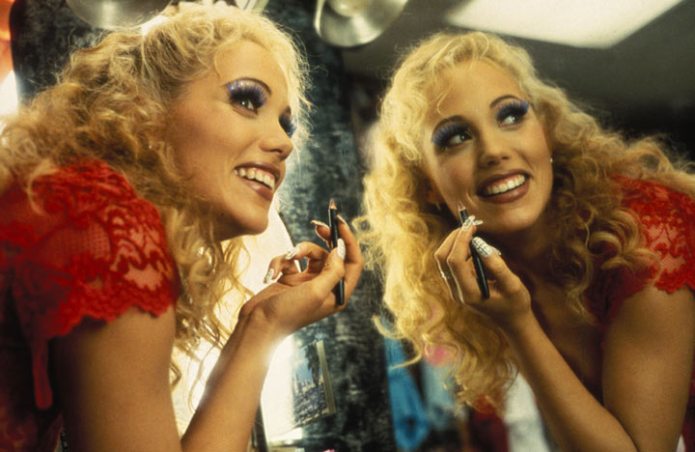
What Happened: At the time, Showgirls was considered one of the worst movies made that year. The story is ludicrous, it’s so bad that it’s quotable, and it went on to win many Razzie awards. But this movie is more about director’s intention and shouldn’t be confused with lousy directions.
It’s interesting to note that this movie is intended as a satire and it’s the reason why the movie is campy in so many ways. Everything that is considered bad; the story, the overacting, the horrible dialogue, and the numerous depictions of gratuitous sex and nudity, is all purposely in the movie for a reason.
Paul Verhoeven, the director of Robocop and Starship Troopers, is well known for his satire on American life, and this movie is no different. However, Showgirls was different from his other movies because it tackled a topic that was, for a lot of people, uncomfortable during the time it was made.
So What is There to Learn: In many ways, the reason why this movie is worth talking about is that, unlike most movies that are unintentionally bad, Showgirls is intended to be a satire. But this brings up an interesting topic on the nature of this genre. Satire can be a very hard subject to depict and it is the director’s responsibility to make that apparent.
Failure to do so would lead to the message of the movie being lost, or worse, misinterpreted. However, given Verhoeven’s previous track records, it is also wise to know what to expect from a director who is known to go over the top. The audience must be aware that they’re watching a satire.
5. The Producers (2005)
What Happened: Unlike most musical to movie adaptations, this particular movie should have been a shoe in for critical acclaim, but something went wrong. Why was this the case? The Producers (2005), not to be confused with Mel Brooks’ The Producers (1968), was based on the Broadway musical.
The Broadway musical went on to win several Tony awards, and the director and choreographer, Susan Stroman, went on to direct this movie. The songs were all the same, the sets were the same, and the staging was all the same. What was most impressive was the fact that Nathan Lane and Mathew Broderick reprise their same roles, as well as most of the original cast from the musical.
The only thing that was different was the casting of Will Ferrell and Uma Thurman to fill in the roles of Franz and Ulla, respectively. So what went wrong? Why did the musical work and not the movie?
So What is There to Learn: The Producers (2005) is a good lesson why musicals work only as musicals and why movies work as movies, and simply pointing a camera at a stage musical is not a movie. Imagine watching your favorite sitcom and having the laugh track taken out. It feels awkward, regardless of how good the jokes are. A joke is only as good as how it is told. In theater, actors are told to project and overact in order to address their message to the audience.
In film, acting is more subtle because the camera can cut to close-ups. The movie simply didn’t work because the directions were specifically designed to only work on stage. The original movie worked because it was just a movie. It worked because the performance from Zero Mostel and Gene Wilder were made purposely for film and everything had a subtle feel to it.
Yet, when the original movie was transitioned to the stage, so much of it has changed. This is another lesson in that an adaptation from different medium requires a hefty knowledge of how films are portrayed to the audience. Every material, whether it be a book, musical, or TV show must be thought of as a movie narrative if it were to be successfully adapted onto the big screen.
